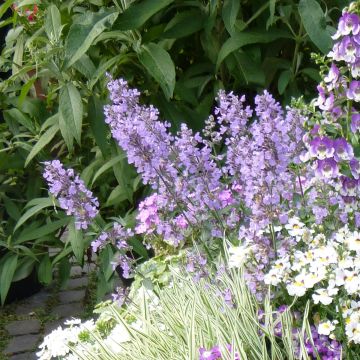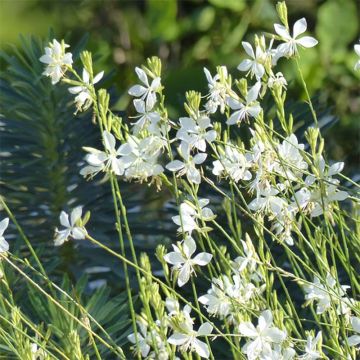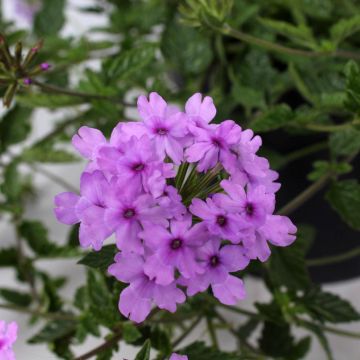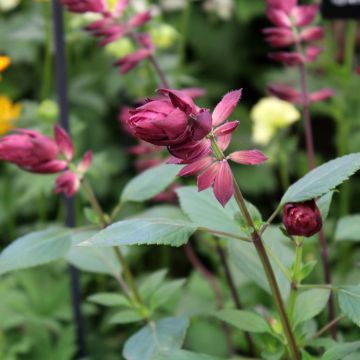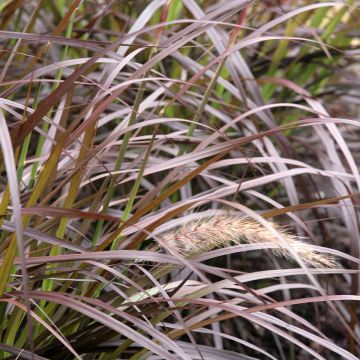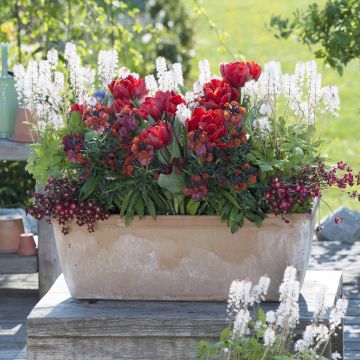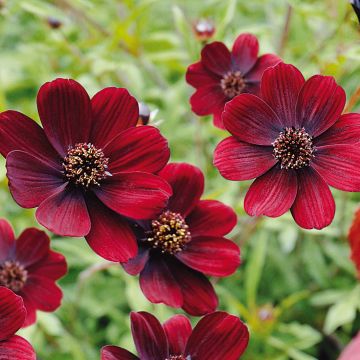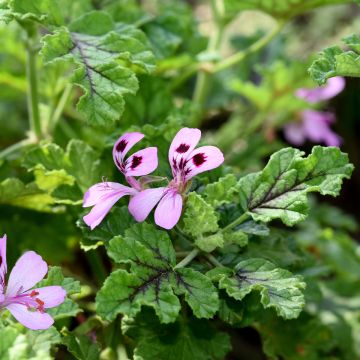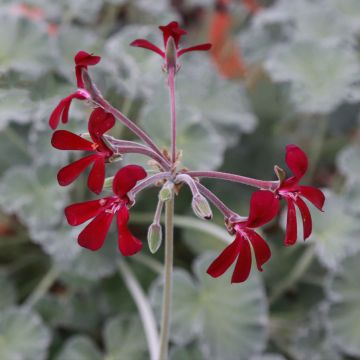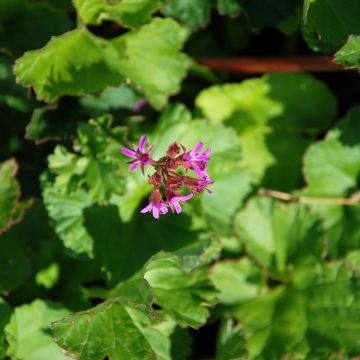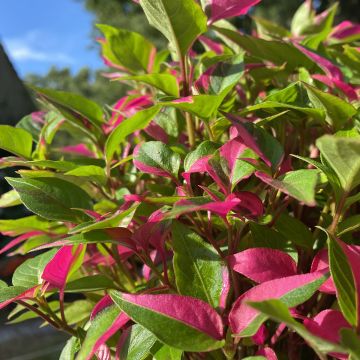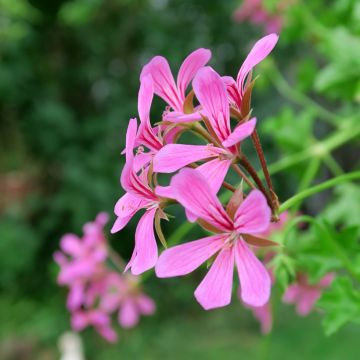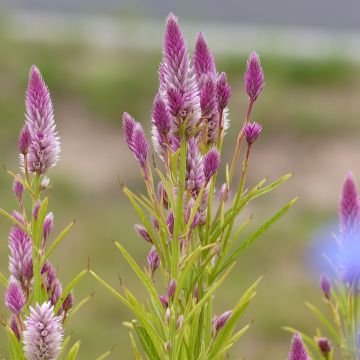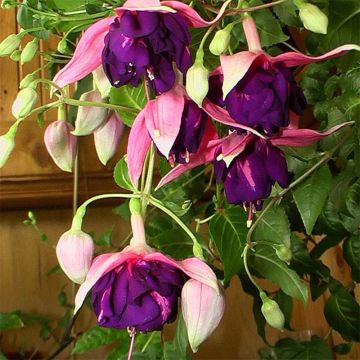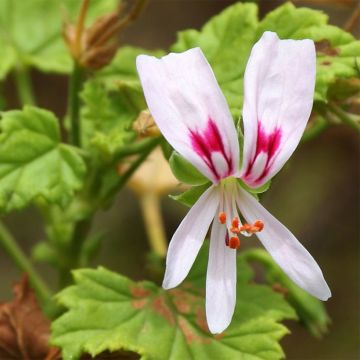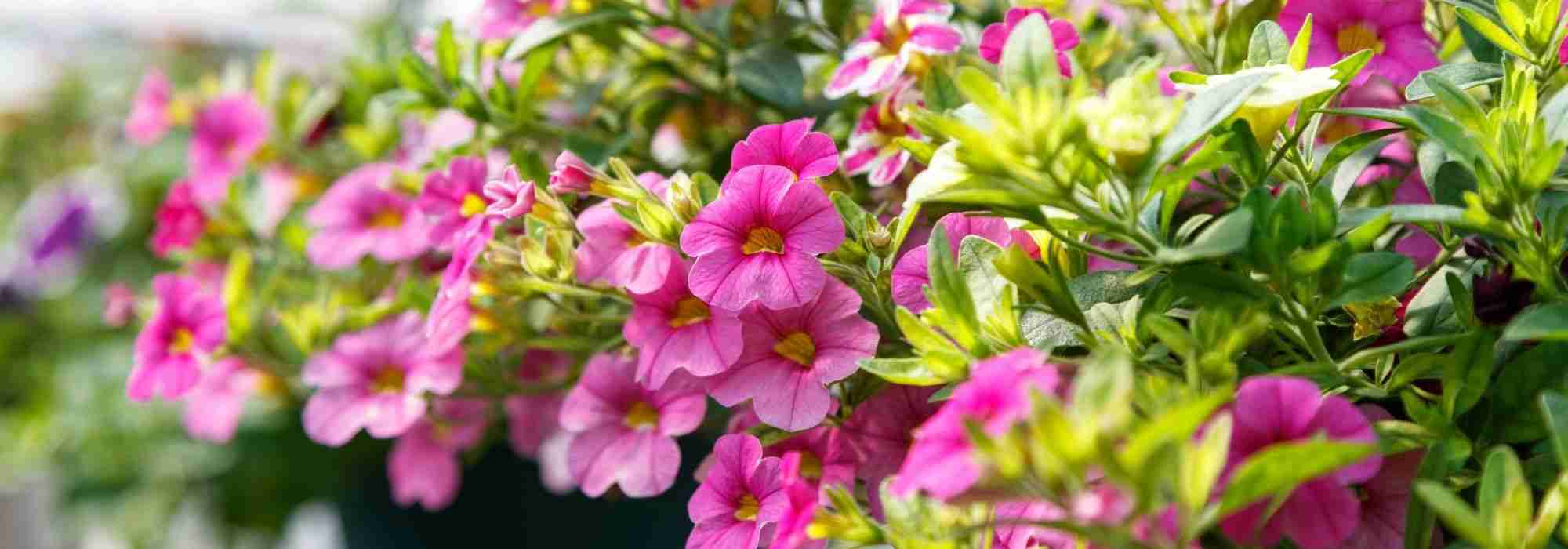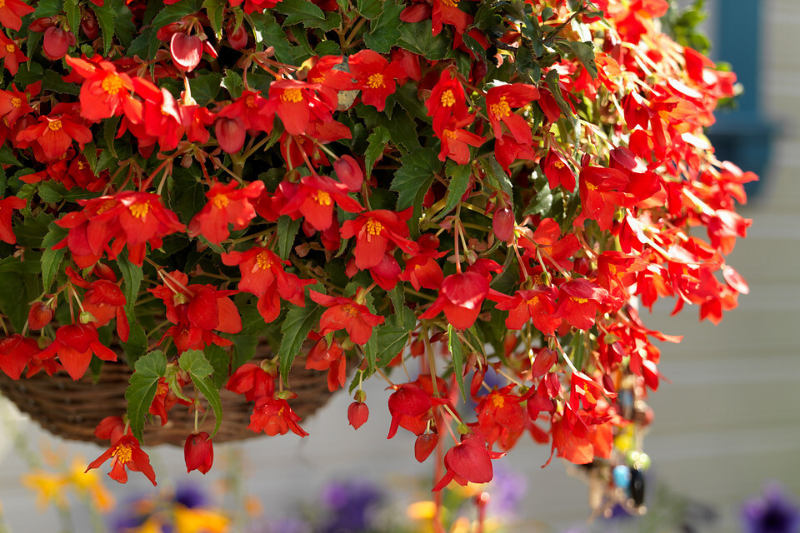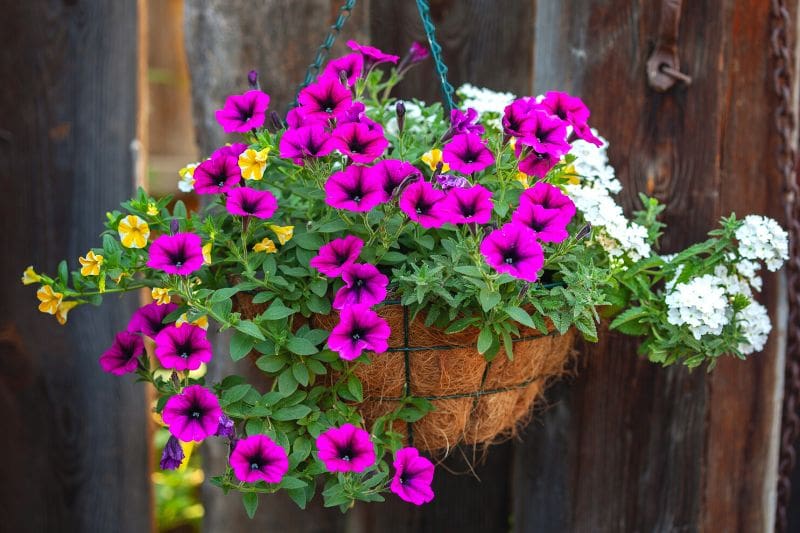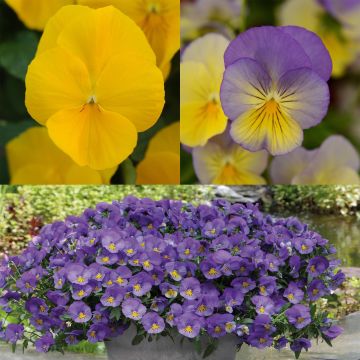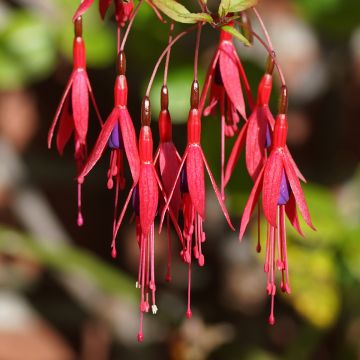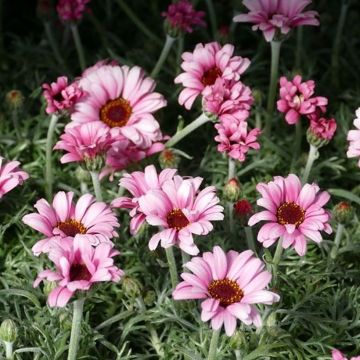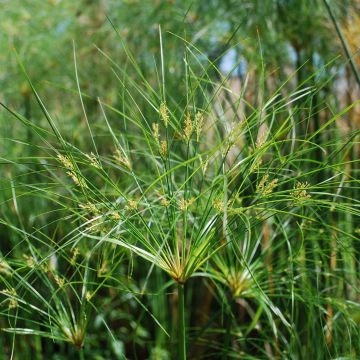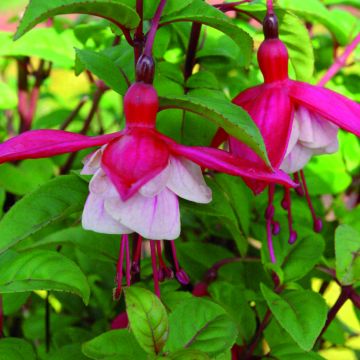

Rudbeckia hirta Autumn Colours
View more pictures
Hide images
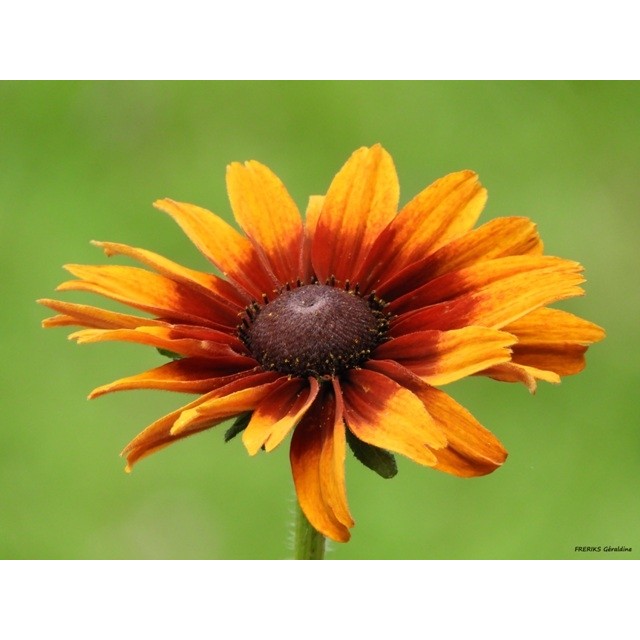
Géraldine F.

First flowering.
Géraldine F. • 87 FR
Rudbeckia hirta Autumn Colours
Rudbeckia hirta Autumn Colors
Black-eyed Susan, Gloriosa Daisy, Yellow Ox-eye Daisy
Still in bloom mid-October despite the numerous rains.
tania, 14/10/2024
Special offer!
Receive a €20 voucher for any order over €90 (excluding delivery costs, credit notes, and plastic-free options)!
1- Add your favorite plants to your cart.
2- Once you have reached €90, confirm your order (you can even choose the delivery date!).
3- As soon as your order is shipped, you will receive an email containing your voucher code, valid for 3 months (90 days).
Your voucher is unique and can only be used once, for any order with a minimum value of €20, excluding delivery costs.
Can be combined with other current offers, non-divisible and non-refundable.
Why not try an alternative variety in stock?
View all →This plant carries a 6 months recovery warranty
More information
We guarantee the quality of our plants for a full growing cycle, and will replace at our expense any plant that fails to recover under normal climatic and planting conditions.
Would this plant suit my garden?
Set up your Plantfit profile →
Description
From summer to autumn Rudbeckia 'Autumn Colours' offers very large flowers resembling daisies that are 12 cm wide, blooming around a brown center, in a symphony of autumn colours. They display a palette of red-bronze, coppery orange, yellow, and chocolate shades, carried on compact plants that are as beautiful in pots as in flowerbeds. Easy to grow, this short-lived perennial is cultivated as an annual and quickly forms a dense and floriferous plant that self-seeds profusely. It prefers full sun and can tolerate ordinary, rather fertile, and occasionally dry soil.
The annual rudbeckia 'Autumn Colours' belongs to the family of asteraceae. It is a cultivar derived from Rudbeckia hirta, also known as Hairy Rudbeckia, a short-lived perennial species native to the United States. In nature it grows in meadows, pastures, and cultivated fields where it is considered an adventive plant. 'Autumn Colours' is a very beautiful, compact, and highly colourful cultivar. It is an herbaceous plant that develops mostly unbranched erect stems covered with large, stiff hairs, slightly rough to the touch. Reaching 50 cm (19.7 in) in height when flowering, with a spread of 30 cm (11.8 in), the plant has an upright and bushy habit. The flowers bloom from July to October. Each head consists of a central disk in the shape of a flattened, rounded cone surrounded by a collar of ligulate flowers. The collar is divided into two concentric zones of different colors, in a range of very warm shades. The lower leaves are ovate and pointed (10 cm (3.9 in) long), with toothed edges, appearing in basal tufts. The cauline leaves are smaller and sessile (without petioles) with a rounded to cordate base.
Both an architectural plant and an accent plant, Hairy Rudbeckia quickly adds structure to your flower beds and thrives in pots thanks to its compact and rounded habit, offering generous and beautiful blooms until late in the season. Its strong presence, due to the contrast of colours, asks that it be associated with lighter flowering plants such as evening primroses (Oenothera versicolor 'Sunset Boulevard'), Felicia, nemophilas, or lobelias when grown in pots; or in the company of inulas, Ammi visnaga, or ornamental carrots in a country garden. Its variegated flowers will also be enhanced by the graphic look of tall miscanthus grasses (Miscanthus sinensis Yaku-jima, Miscanthus sinensis Silberspinne, Miscanthus transmorrisonensis).
All Rudbeckia plants are dye plants (especially R. hirta and R. laciniata) due to the presence of flavonols in their tissues. The flowers used alone give orange-yellow colors, while the entire plant provides yellow-green shades.
Note: Please be aware that our young plants sold as mini plugs are professional products intended for experienced gardeners: upon receipt, transplant and store them under cover (veranda, greenhouse, cold frame) at a temperature above 14°C for a few weeks before being planted outside once all risk of frost has passed.
Report an error about the product description
Rudbeckia hirta Autumn Colours in pictures
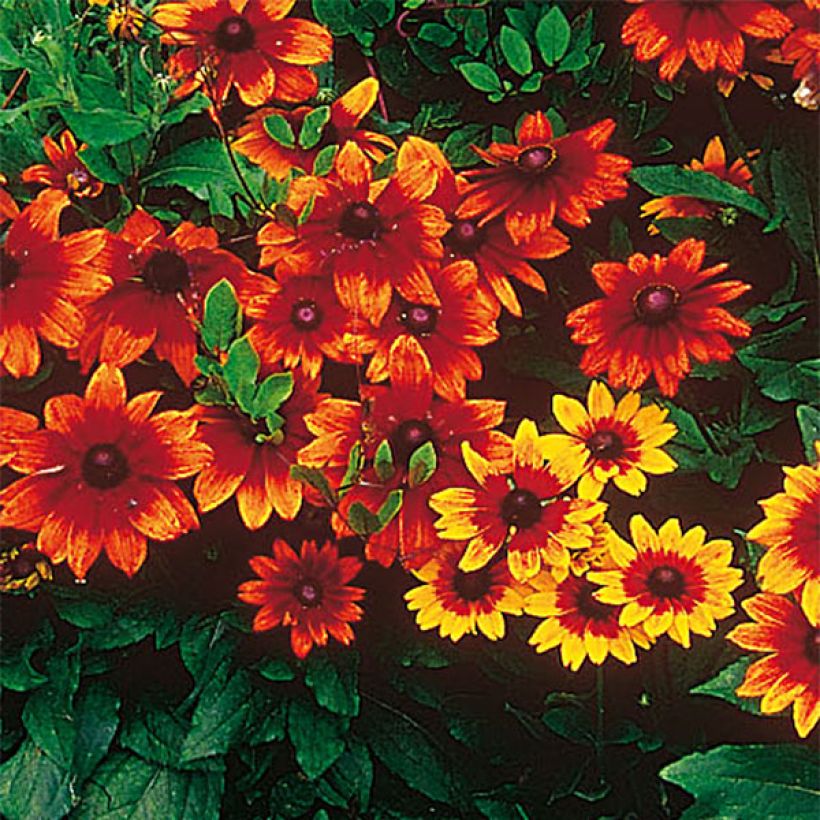

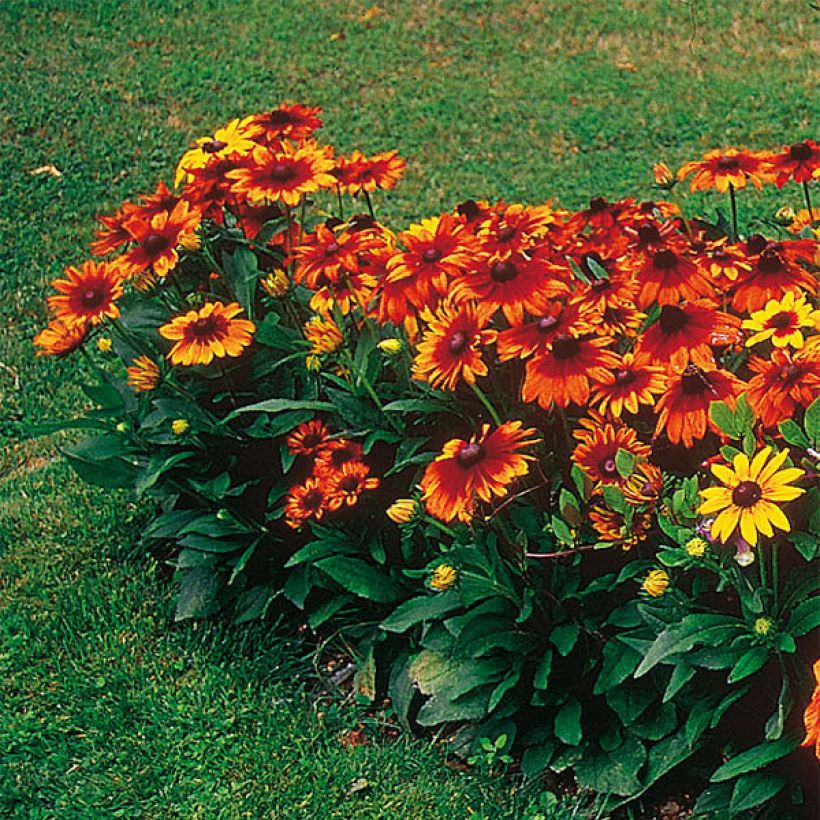

Flowering
Foliage
Plant habit
Botanical data
Rudbeckia
hirta
Autumn Colors
Asteraceae
Black-eyed Susan, Gloriosa Daisy, Yellow Ox-eye Daisy
Cultivar or hybrid
Other Annuals A to Z
View all →Planting and care
Rudbeckia hirta and its varieties are easy-to-grow plants that are preferably planted in spring. They prefer well-drained and fertile soils to support strong flowering and require a sunny site. To prolong flowering, remove faded blooms as they appear so the plant does not exhaust itself in producing seeds. In autumn, once flowering is finished, remove the leafy stems. Divide the clump every three to four years and immediately replant the divisions in another part of the garden. Rudbeckia hirta is a fairly hardy plant, tolerant of temperatures down to approximately -15°C when planted in well-drained soil.
Planting period
Intended location
Care
Planting & care advice
-
, onOrder confirmed
Reply from on Promesse de fleurs
Similar products
Haven't found what you were looking for?
Hardiness is the lowest winter temperature a plant can endure without suffering serious damage or even dying. However, hardiness is affected by location (a sheltered area, such as a patio), protection (winter cover) and soil type (hardiness is improved by well-drained soil).

Photo Sharing Terms & Conditions
In order to encourage gardeners to interact and share their experiences, Promesse de fleurs offers various media enabling content to be uploaded onto its Site - in particular via the ‘Photo sharing’ module.
The User agrees to refrain from:
- Posting any content that is illegal, prejudicial, insulting, racist, inciteful to hatred, revisionist, contrary to public decency, that infringes on privacy or on the privacy rights of third parties, in particular the publicity rights of persons and goods, intellectual property rights, or the right to privacy.
- Submitting content on behalf of a third party;
- Impersonate the identity of a third party and/or publish any personal information about a third party;
In general, the User undertakes to refrain from any unethical behaviour.
All Content (in particular text, comments, files, images, photos, videos, creative works, etc.), which may be subject to property or intellectual property rights, image or other private rights, shall remain the property of the User, subject to the limited rights granted by the terms of the licence granted by Promesse de fleurs as stated below. Users are at liberty to publish or not to publish such Content on the Site, notably via the ‘Photo Sharing’ facility, and accept that this Content shall be made public and freely accessible, notably on the Internet.
Users further acknowledge, undertake to have ,and guarantee that they hold all necessary rights and permissions to publish such material on the Site, in particular with regard to the legislation in force pertaining to any privacy, property, intellectual property, image, or contractual rights, or rights of any other nature. By publishing such Content on the Site, Users acknowledge accepting full liability as publishers of the Content within the meaning of the law, and grant Promesse de fleurs, free of charge, an inclusive, worldwide licence for the said Content for the entire duration of its publication, including all reproduction, representation, up/downloading, displaying, performing, transmission, and storage rights.
Users also grant permission for their name to be linked to the Content and accept that this link may not always be made available.
By engaging in posting material, Users consent to their Content becoming automatically accessible on the Internet, in particular on other sites and/or blogs and/or web pages of the Promesse de fleurs site, including in particular social pages and the Promesse de fleurs catalogue.
Users may secure the removal of entrusted content free of charge by issuing a simple request via our contact form.
The flowering period indicated on our website applies to countries and regions located in USDA zone 8 (France, the United Kingdom, Ireland, the Netherlands, etc.)
It will vary according to where you live:
- In zones 9 to 10 (Italy, Spain, Greece, etc.), flowering will occur about 2 to 4 weeks earlier.
- In zones 6 to 7 (Germany, Poland, Slovenia, and lower mountainous regions), flowering will be delayed by 2 to 3 weeks.
- In zone 5 (Central Europe, Scandinavia), blooming will be delayed by 3 to 5 weeks.
In temperate climates, pruning of spring-flowering shrubs (forsythia, spireas, etc.) should be done just after flowering.
Pruning of summer-flowering shrubs (Indian Lilac, Perovskia, etc.) can be done in winter or spring.
In cold regions as well as with frost-sensitive plants, avoid pruning too early when severe frosts may still occur.
The planting period indicated on our website applies to countries and regions located in USDA zone 8 (France, United Kingdom, Ireland, Netherlands).
It will vary according to where you live:
- In Mediterranean zones (Marseille, Madrid, Milan, etc.), autumn and winter are the best planting periods.
- In continental zones (Strasbourg, Munich, Vienna, etc.), delay planting by 2 to 3 weeks in spring and bring it forward by 2 to 4 weeks in autumn.
- In mountainous regions (the Alps, Pyrenees, Carpathians, etc.), it is best to plant in late spring (May-June) or late summer (August-September).
The harvesting period indicated on our website applies to countries and regions in USDA zone 8 (France, England, Ireland, the Netherlands).
In colder areas (Scandinavia, Poland, Austria...) fruit and vegetable harvests are likely to be delayed by 3-4 weeks.
In warmer areas (Italy, Spain, Greece, etc.), harvesting will probably take place earlier, depending on weather conditions.
The sowing periods indicated on our website apply to countries and regions within USDA Zone 8 (France, UK, Ireland, Netherlands).
In colder areas (Scandinavia, Poland, Austria...), delay any outdoor sowing by 3-4 weeks, or sow under glass.
In warmer climes (Italy, Spain, Greece, etc.), bring outdoor sowing forward by a few weeks.






























